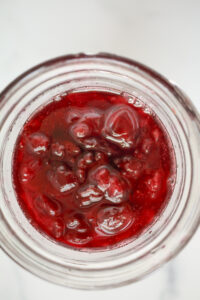Easy Tart Crust Recipe (Pâte Sucrée)
Easy to make, buttery, cookie-like tart crust recipe. It’s a perfect base for sweet and savory tarts!
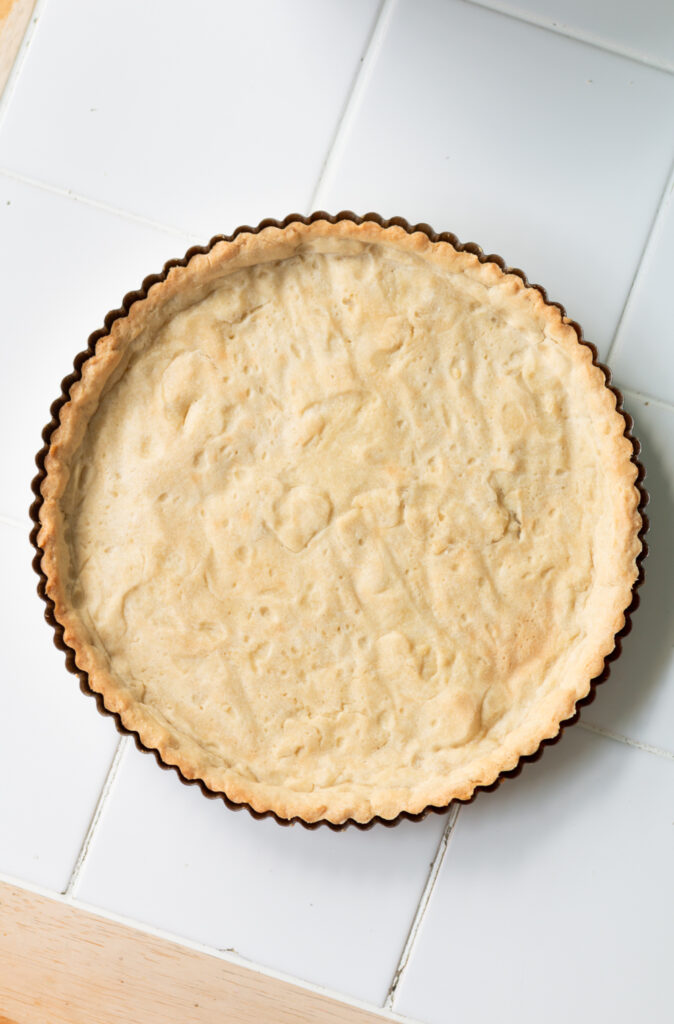
What Is Pâte Sucrée?
Pâte (dough) sucrée (sweet), is the French name for a sweet and crumbly short-crust pastry dough. It’s somewhere in-between pie crust and a shortbread cookie. It’s sturdy which makes it great for fillings that require refrigeration because it won’t get too soft from moisture when sitting in the fridge.
This dough is only slightly sweet, which makes it a great base for both sweet and savory fillings. It’s a popular crust that’s used for fruit tarts that are filled with pastry cream (you may have seen these in grocery stores or bakeries!).
The best part is that it’s easy to make! You just need some patience for the 1.5 hours of chilling time that’s required (or it will melt in the oven).

Ingredients
- unsalted butter (use cold unsalted butter right from the refrigerator)
- powdered sugar
- egg
- vanilla extract
- all-purpose flour
- salt
If you substitute granulated sugar for powdered sugar, the texture will be more cookie like. Also, beating butter and granulated sugar together creates a fluffier, aerated texture which can cause the sides of the tart to shrink back more from the heat. It will still taste good!
You can use a 9 or 10-inch tart pan with a removable bottom. The removable bottom is the best way to remove tart crust from the pan in one piece!
Making The Dough
Let’s go over the tart crust recipe!
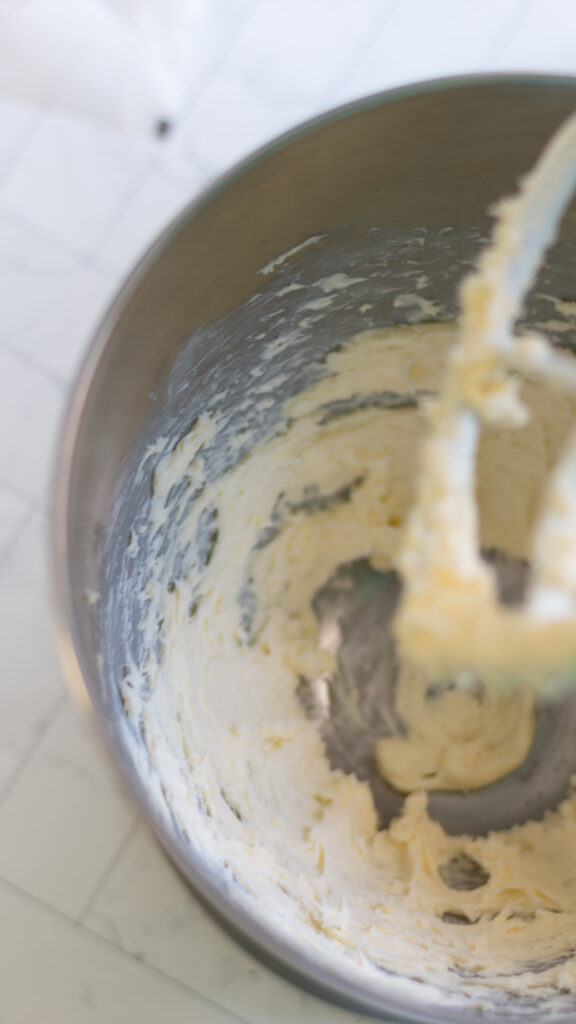

Add cold butter into the bowl of a stand mixer with a paddle attachment or use a hand held mixer. Beat on medium high speed for about 1 minute.
Add the egg and vanilla extract and mix on medium high speed for 30 seconds. It might look lumpy but that’s okay.
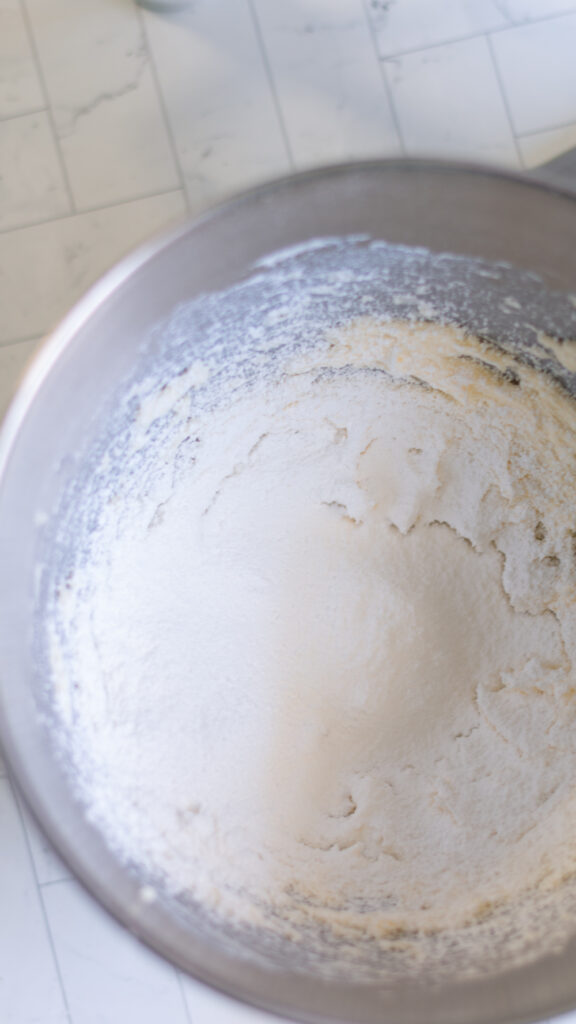
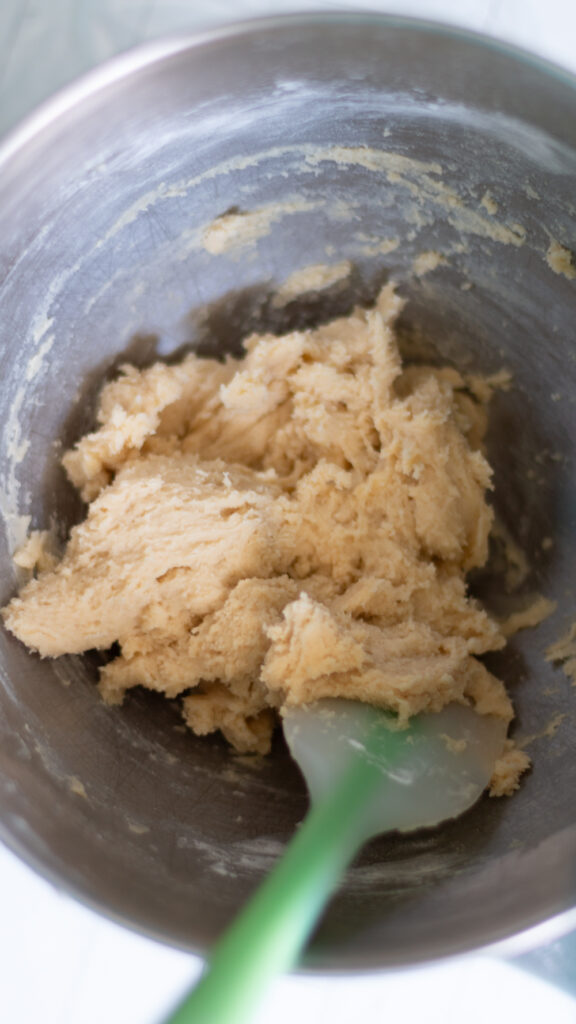
Then add the powdered sugar and salt and beat on medium high speed until incorporated. On low speed, add the flour in two parts (to avoid a flour explosion!). Mix until the dough comes together and looks smooth.

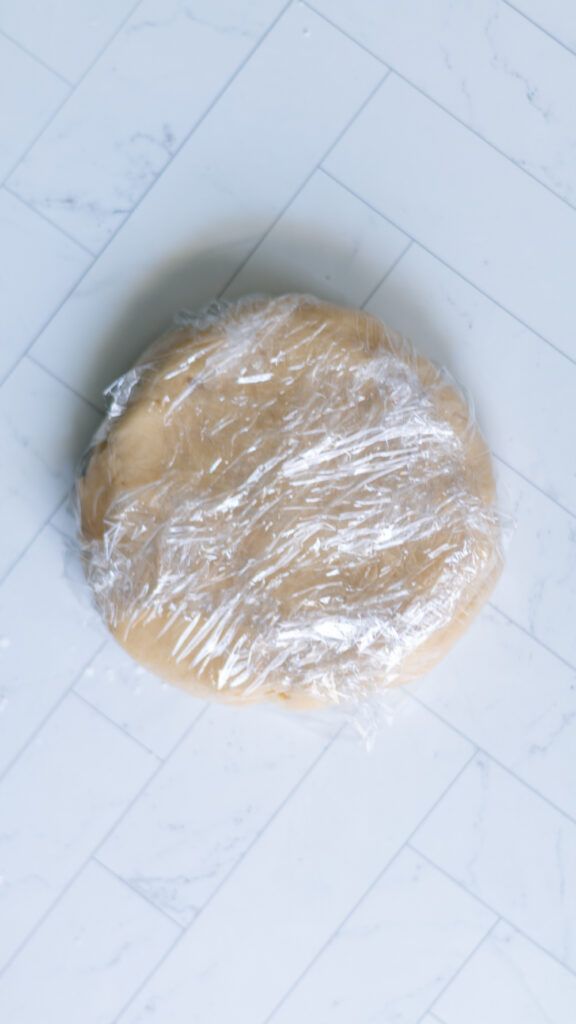
Scrape the dough off the sides of the bowl with a rubber spatula. Gently knead the dough into a ball using your hands and flatten into a disc. Wrap with plastic wrap and refrigerate for at least 1 hour or overnight. If you skip this step, the dough will melt in the oven.
Preparing The Tart Crust
Spray a 9 or 10 inch tart pan with a removable bottom with nonstick cooking spray.
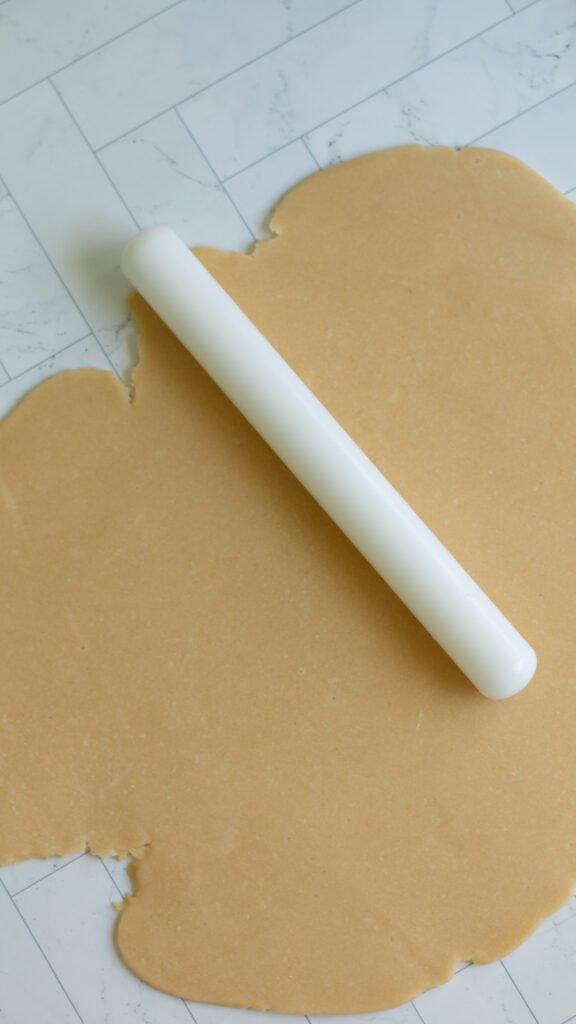
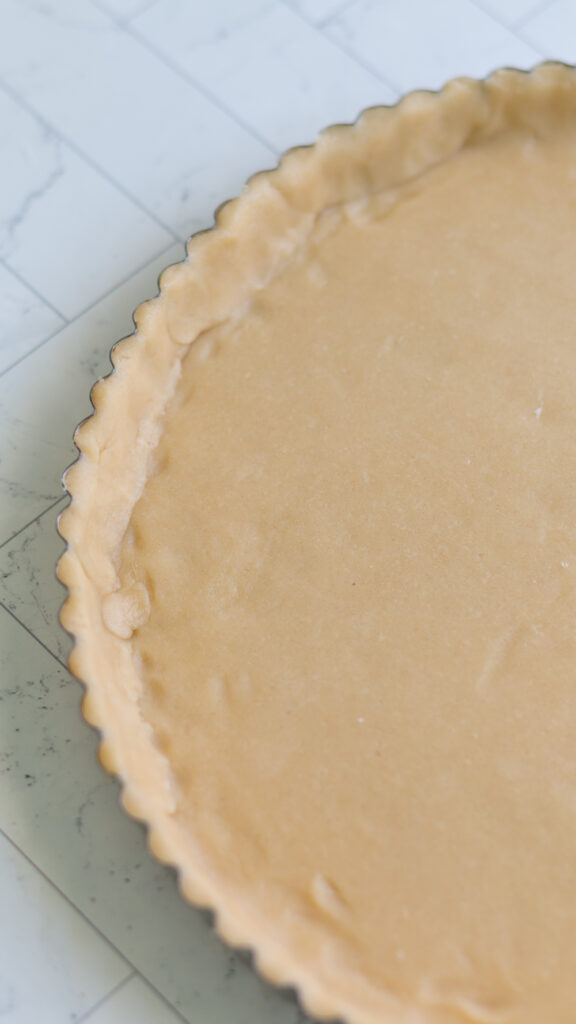
Lightly flour a clean surface and roll out the dough with a rolling pin. After each roll, turn the dough so that it’ll be even thickness.
Roll out to about 1/8-inch thick. Carefully pick up the dough and lay it over the tart pan. Use your fingers to push the dough into the sides of the pan.
Use a sharp knife to trim any dough that hangs over the edges of the pan. If the dough rips, patch it with the excess dough.
Place in the freezer for 30 minutes.
Preheat the oven to 350℉ (177℃). Bake the tart crust on the center rack for 25-28 minutes, turning halfway. If the edges are browning too quickly, cover with tinfoil.
Remove from the oven and let cool for half hour. To remove from the tart pan, push the removable bottom up from underneath.
Troubleshooting
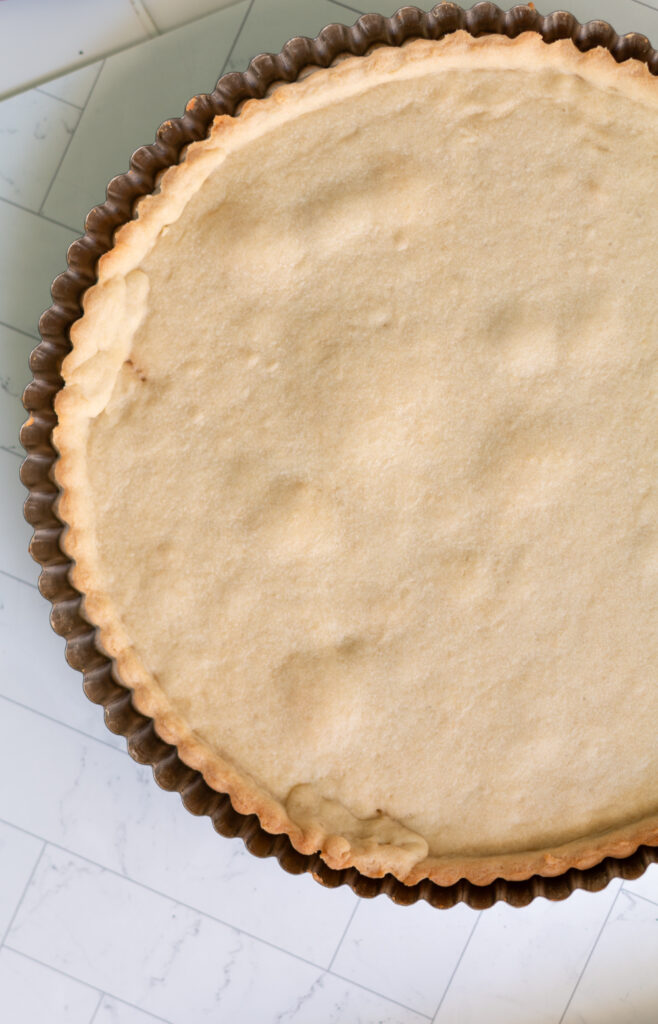
If your tart crusts bubbles up (shown above) you can try using pie weights. But fear not! If the crust did bubble up, it’s still just as tasty to eat. You’ll be adding filling so no one will know!
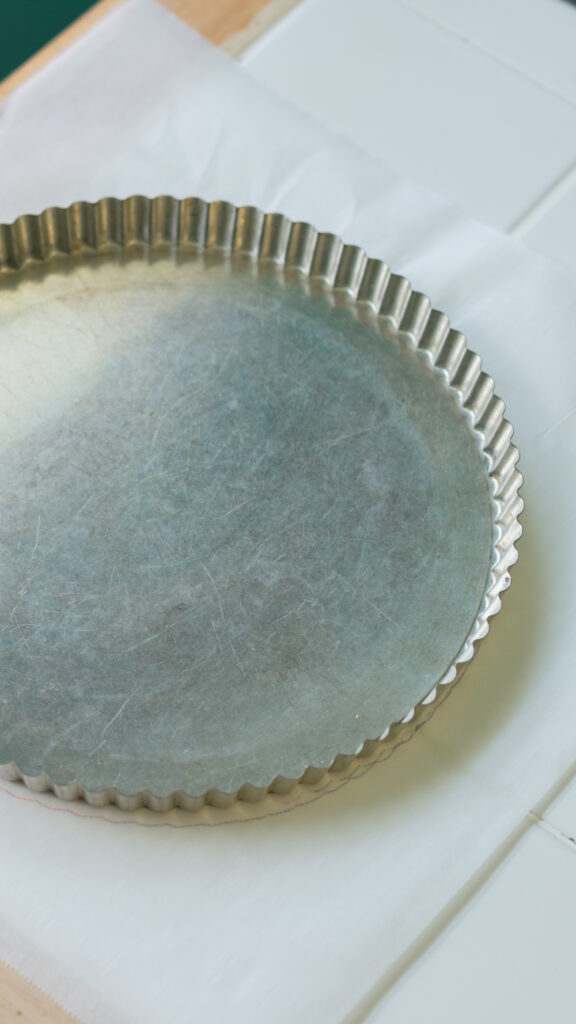
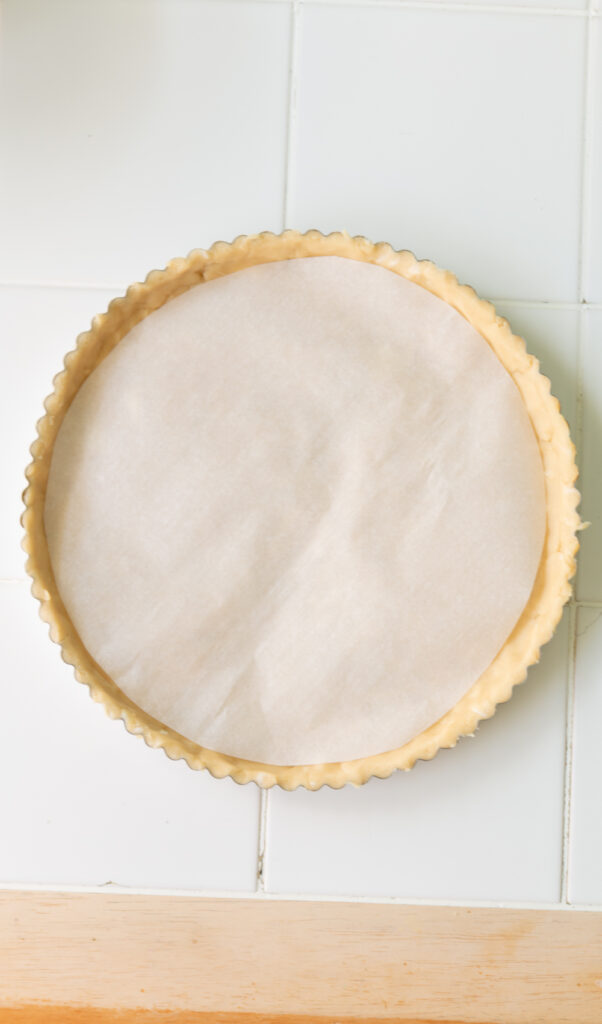
Outline the tart pan on parchment paper and cut out. After the tart dough has been pressed into the pan and chilled, place the parchment on top.
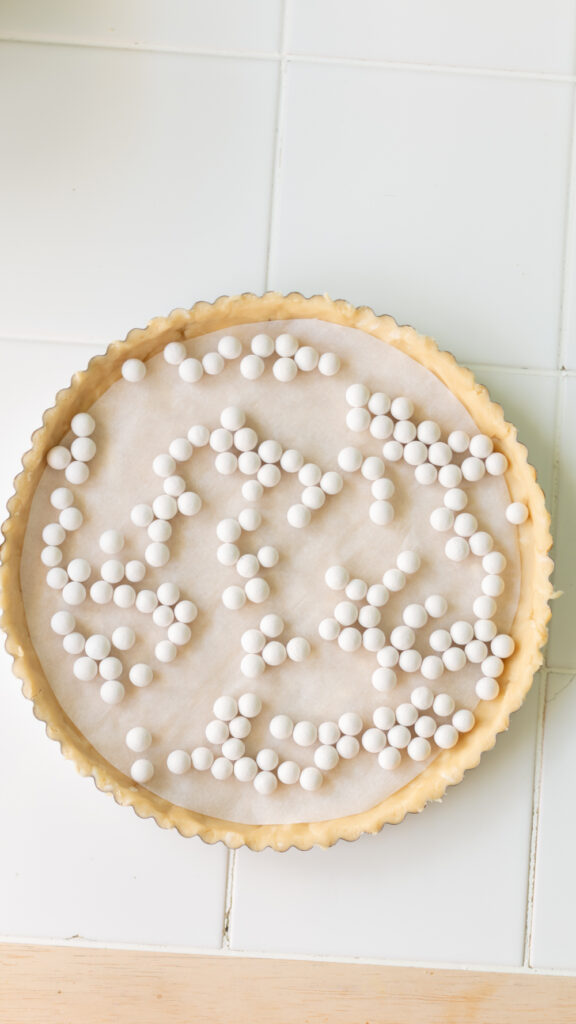
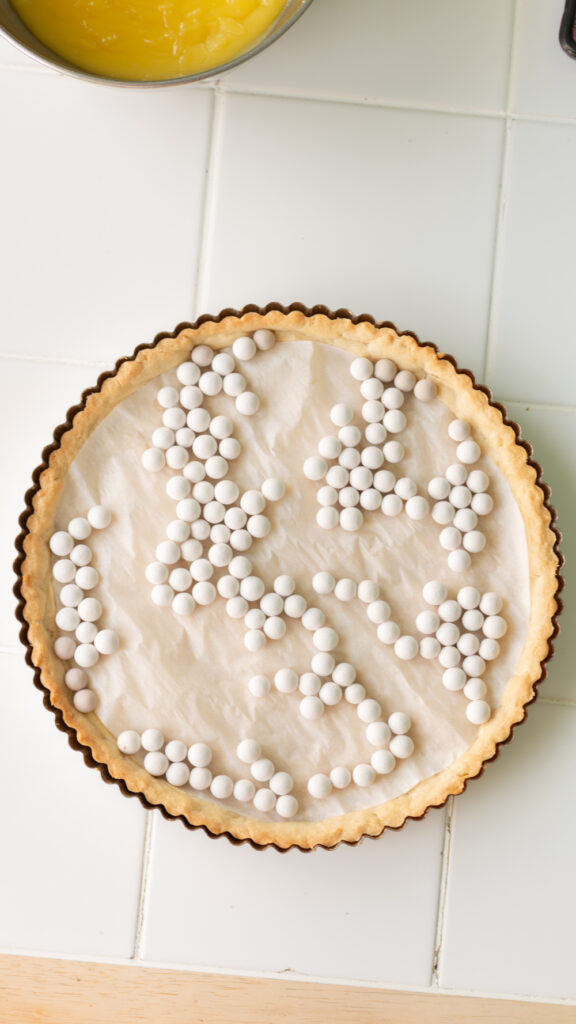
Even distribute the pie weights or dried beans. Bake per the instructions on the recipe card below. Once the crust is done, let the pie weights cool for a few minutes before removing.
RECIPE CARD
Easy Tart Crust Recipe (Pâte Sucrée)
Equipment
- 9-in or 10-in tart pan *preferably with a removable bottom
- Stand mixer or handheld mixer
Ingredients
- ½ cup unsalted butter, cold (113g)
- 1 egg
- 1 tsp vanilla extract
- ½ cup powdered sugar (or ¼ cup granulated sugar 50g) (58g)
- ¼ tsp kosher salt
- 1 ½ cup all-purpose flour (180g)
Instructions
Making The Dough
- Add cold butter into the bowl of a stand mixer with a paddle attachment or use a hand held mixer. Beat on medium high speed for about 1 minute.
- Add the egg and vanilla extract and mix on medium high speed for 30 seconds. It might look lumpy but that's okay.
- Add the powdered sugar and salt and beat on medium high speed until incorporated. Turn the mixer onto low speed, add the flour in two parts (to avoid a flour explosion). Mix until the dough comes together and looks smooth.
- Scrape the dough off the sides of the bowl with a rubber spatula. Gently knead the dough into a ball using your hands and flatten into a disc. Wrap with plastic wrap and refrigerate for at least 1 hour or overnight. If you skip this step, the dough will melt in the oven.
Preparing The Tart Crust
- Spray a 9 or 10-inch tart pan with a removable bottom with nonstick cooking spray.
- Lightly flour a clean surface and roll out the dough with a rolling pin. It might be a little hard at first because the dough is could, but keep rolling. After each roll, turn the dough with your hands so that it will be an even thickness.
- Roll out to about 1/8-inch thick. Carefully pick up the dough and lay it over the tart pan. Use your fingers to push the dough into the sides of the pan.
- Use a sharp knife to trim any dough that hangs over the edges of the pan. If the dough has any cracks, patch it with the excess dough. Place in the freezer for 30 minutes.
- Preheat the oven to 350℉ (177℃). Bake the tart crust on the center rack for 25-28 minutes, turning halfway. If the edges get too dark, cover with tinfoil.
- Remove from the oven and let cool for 30 minutes. To remove from the tart pan, push the removable bottom up from underneath.
- This crust can be left at room temperature for 2 days, wrapped in tinfoil or an airtight container.
Notes
- Dough can be stored in the freezer for up to 3 months. Place the dough in the refrigerator overnight to defrost.
- Baked tart crust can be stored at room temperature for 2 days.
- Helpful tools to make a tart crust: 9 or 10-inch tart pan with removable bottom | pie weights
Nutrition
Nutrition information is automatically calculated, and should be used as an approximation.


